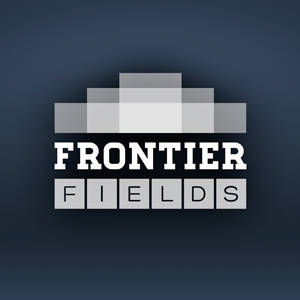Hubble has captured an image of the first-ever predicted supernova explosion.
In November 2014, Hubble’s Frontier Fields program caught sight of a supernova called “Refsdal” while examining the MACS J1149.5+2223 galaxy cluster. Astronomers spotted four separate images of the supernova in a rare arrangement known as an “Einstein Cross” around a galaxy within the cluster.
The four images of the same supernova result from the way light from distant objects is not just magnified but bent by the immense mass of the galaxy cluster. (Link: https://frontierfields.org/2014/07/09/seeing-double-or-more-in-frontier-fields-images/)
Seeing such distant, gravitationally lensed objects is, of course, the point of the Frontier Fields project, but this one had a special quirk. By studying different models of just how mass is positioned in the galaxy cluster, astronomers could predict one more light path for Refsdal, one that would delay the light reaching the telescope until late 2015 or early 2016. This means they could predict when and where in the field the image of the supernova would appear next.
Astronomers began taking snapshots of the predicted area over an expected time period. And sure enough, on Dec. 11, 2015, the astronomers captured the reappearance of the supernova where they had anticipated it would be. The detection of this fifth appearance of the Refsdal supernova served as a unique opportunity for astronomers to test their models of how mass — especially that of mysterious dark matter — is distributed within this galaxy cluster, and they seem to be right on track.
These images show the search for the supernova, nicknamed Refsdal, using NASA’s Hubble Space Telescope. The image on the left is the galaxy cluster MACS J1149.5+2223 from the Frontier Fields program. The circle indicates the empty but predicted position of the newest appearance of the supernova. The image at top right shows observations taken by Hubble on Oct. 30, 2015, at the beginning of the observation program to detect the newest appearance of the supernova. The image on the lower right shows the discovery of the Refsdal supernova on Dec. 11, 2015, as predicted by several different models.
Credit: NASA, ESA, and P. Kelly (University of California, Berkeley)
Acknowledgment: NASA, ESA, and S. Rodney (University of South Carolina) and the FrontierSN team; T. Treu (UCLA), P. Kelly (UC Berkeley) and the GLASS team; J. Lotz (STScI) and the Frontier Fields team; M. Postman (STScI) and the CLASH team; and Z. Levay (STScI)


[…] In 2014, a multiply lensed supernova was discovered, providing a key test of the models of gravitational lensing. As predicted by the models, a new lensed version of the supernova appeared in 2015. Learn more about the appearance of a new lensed version of Refsdal here. […]